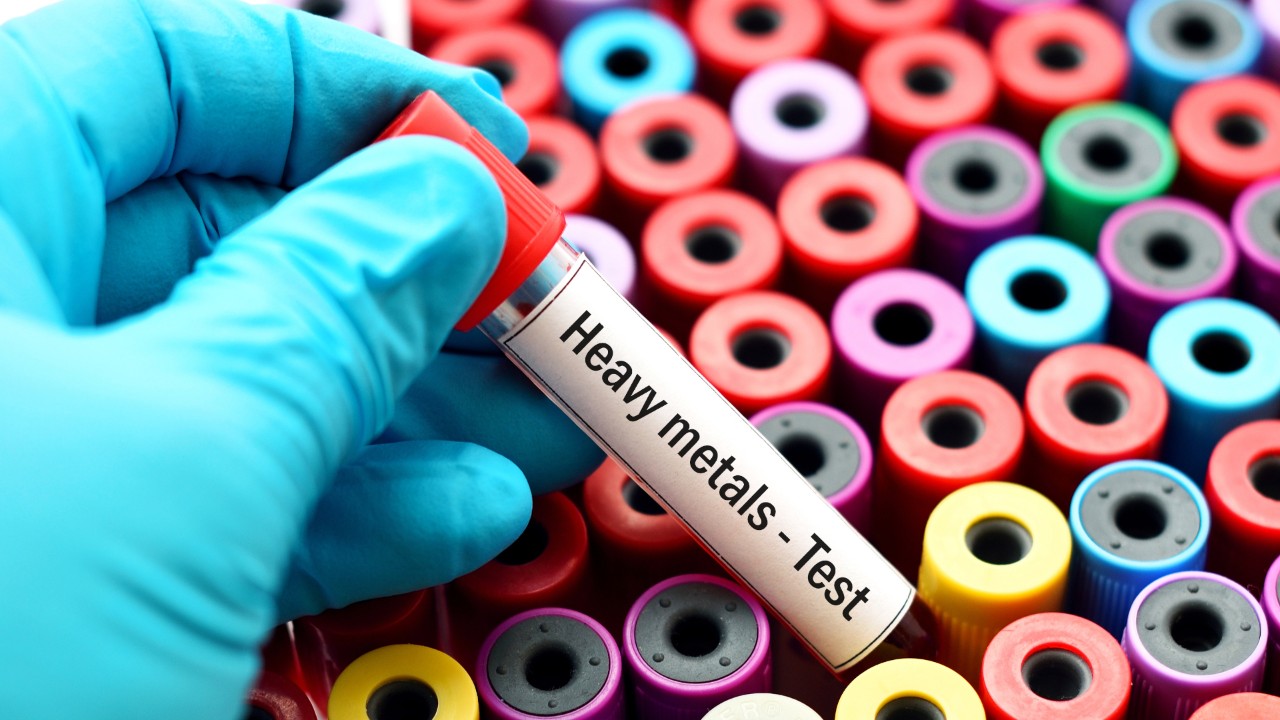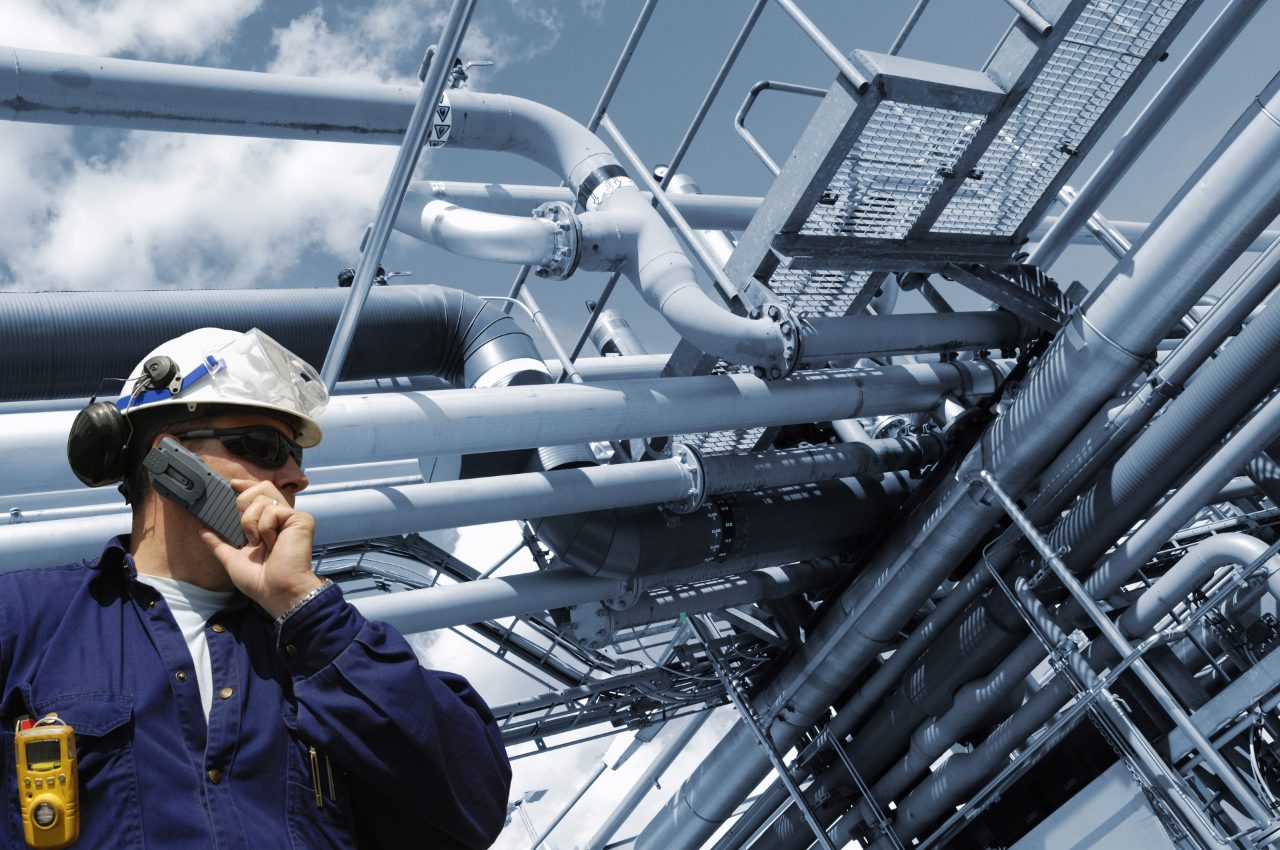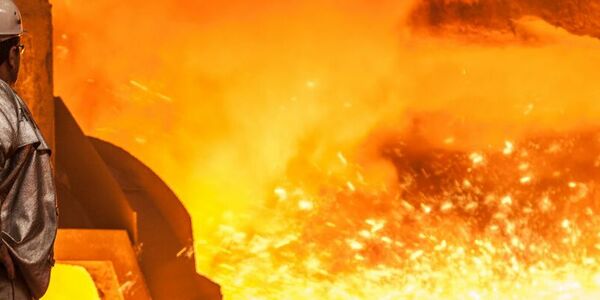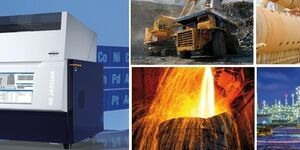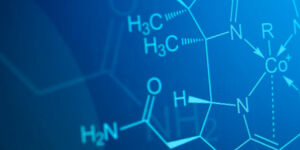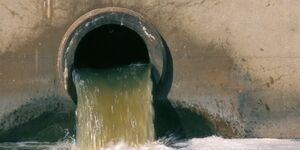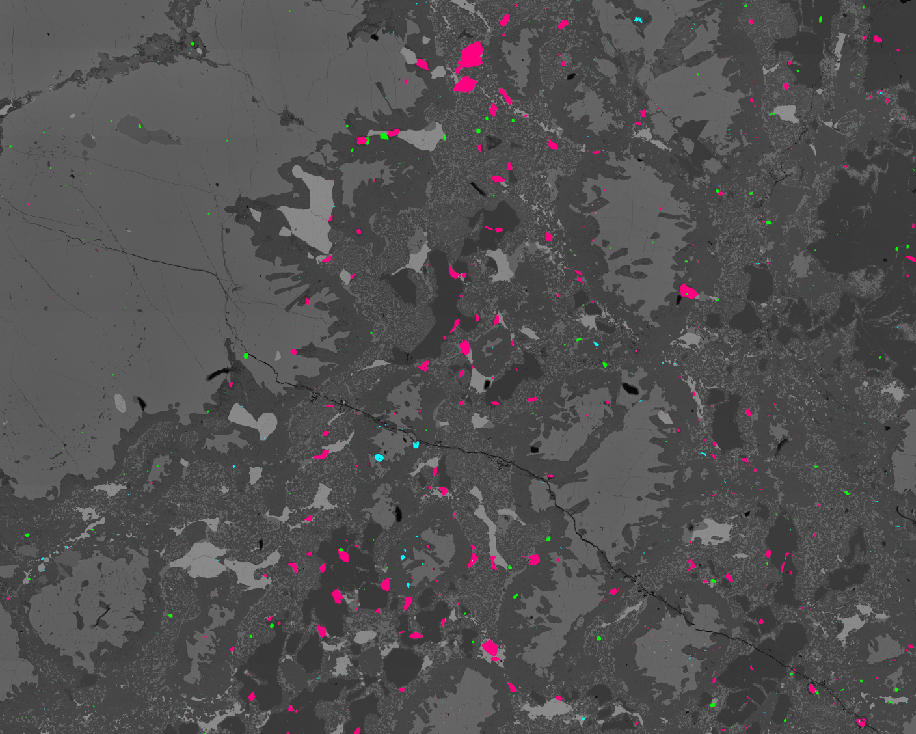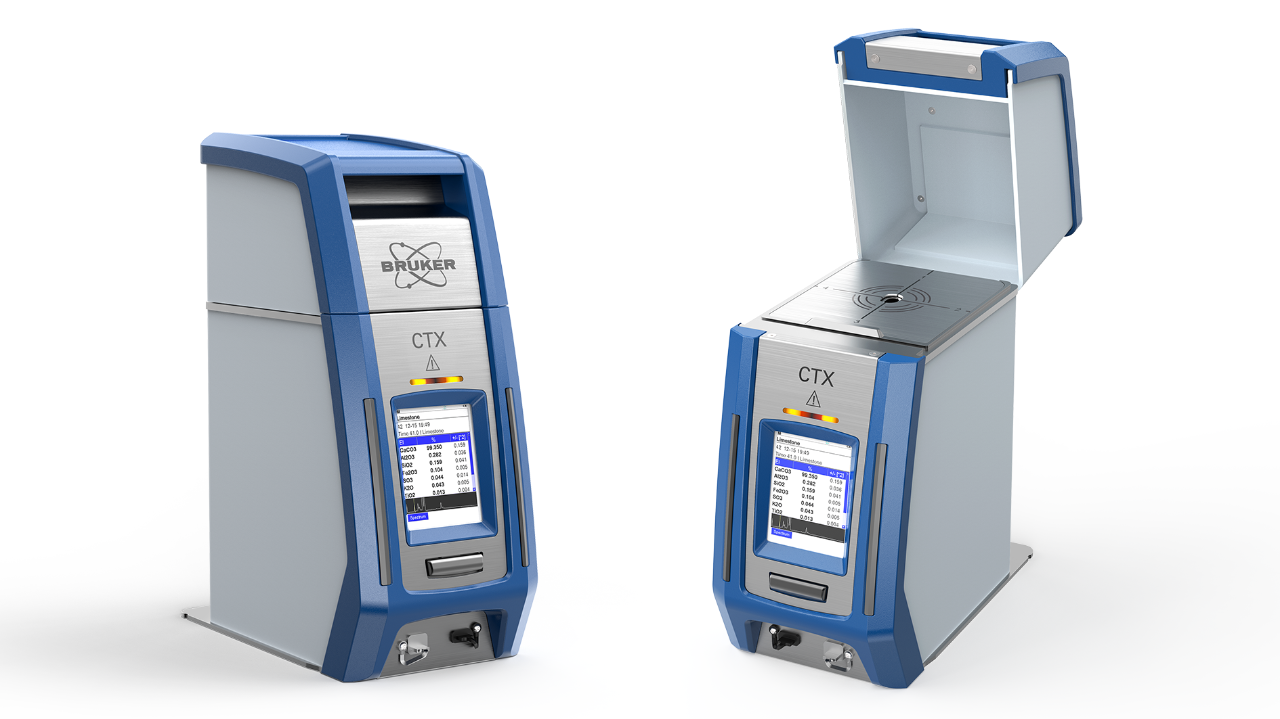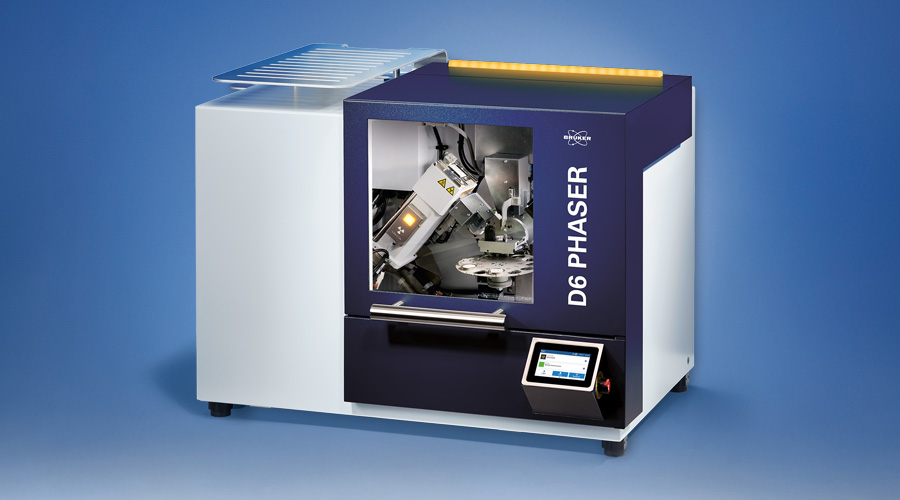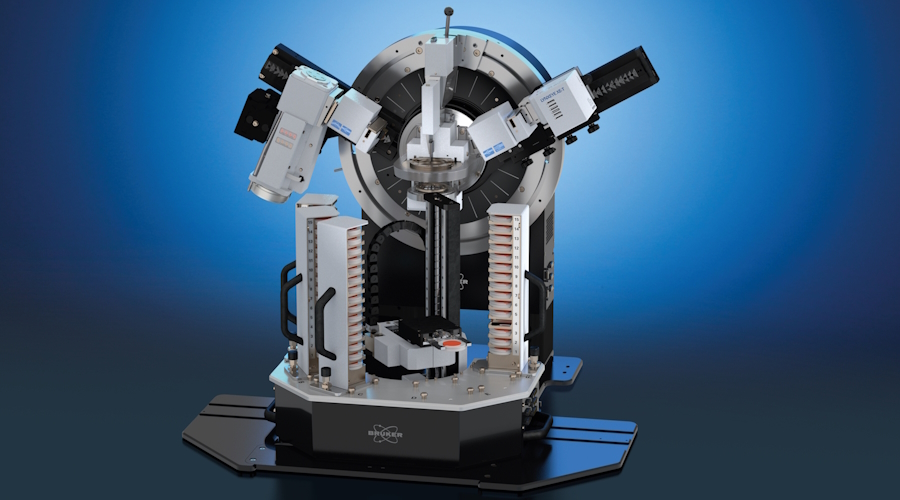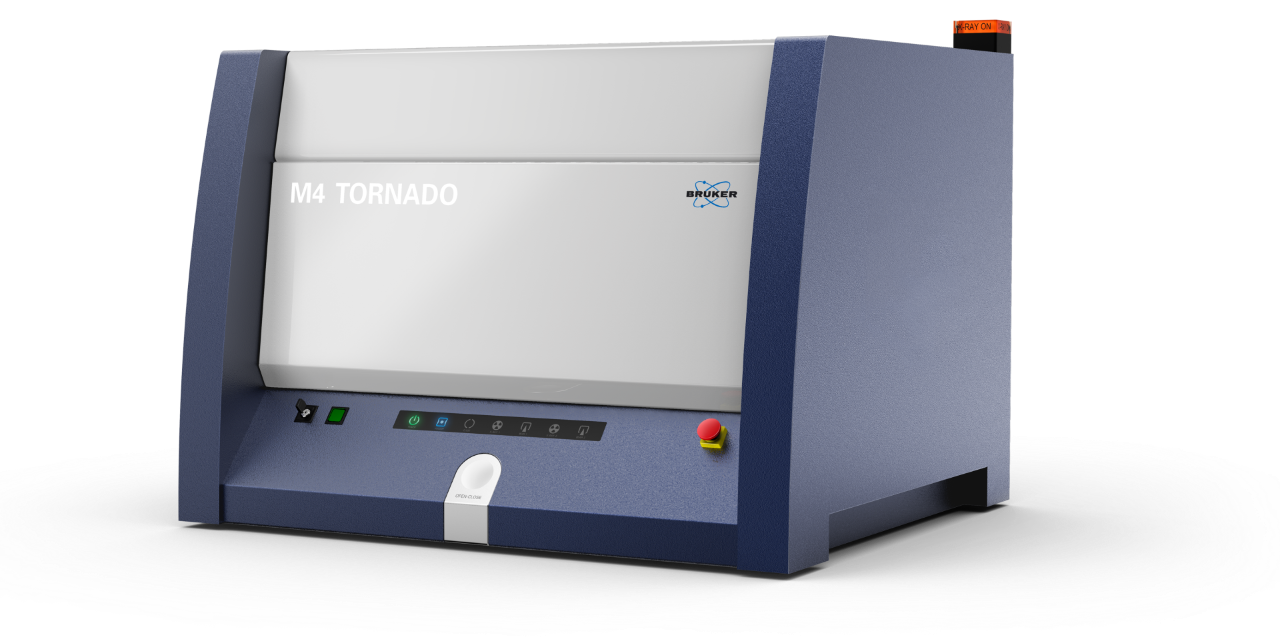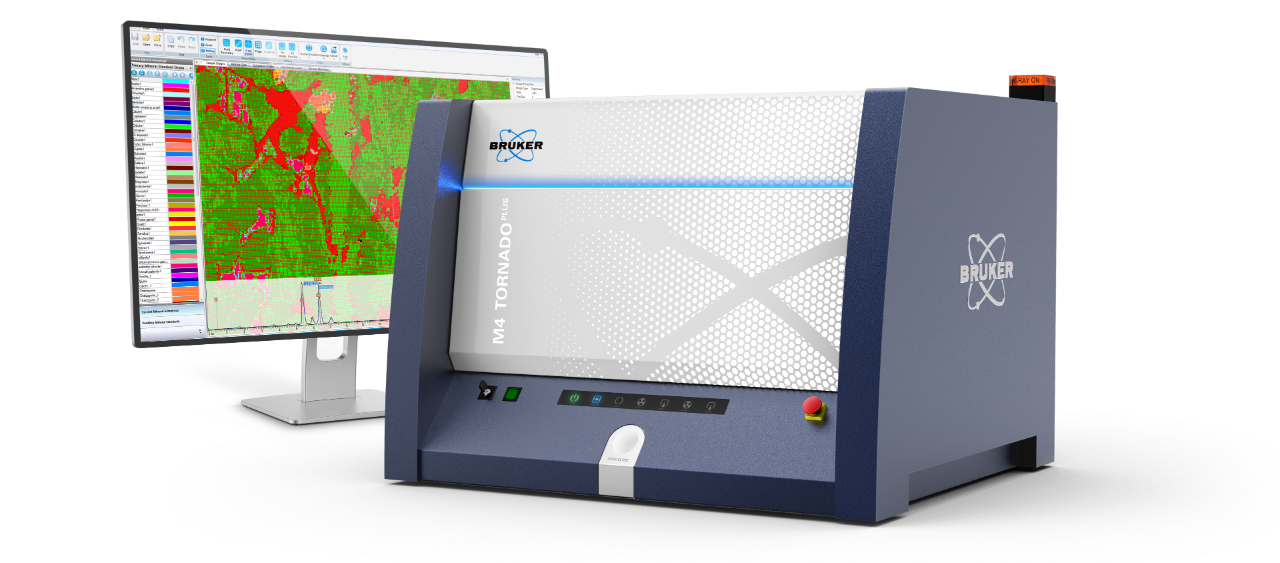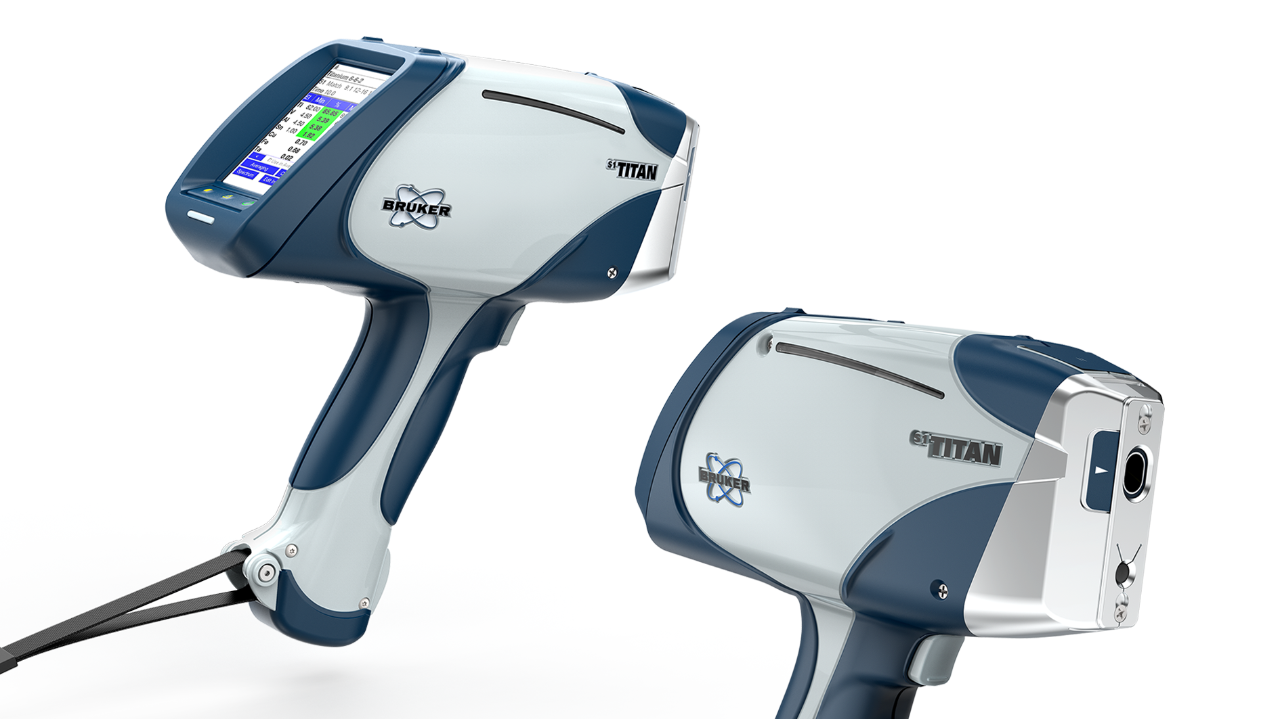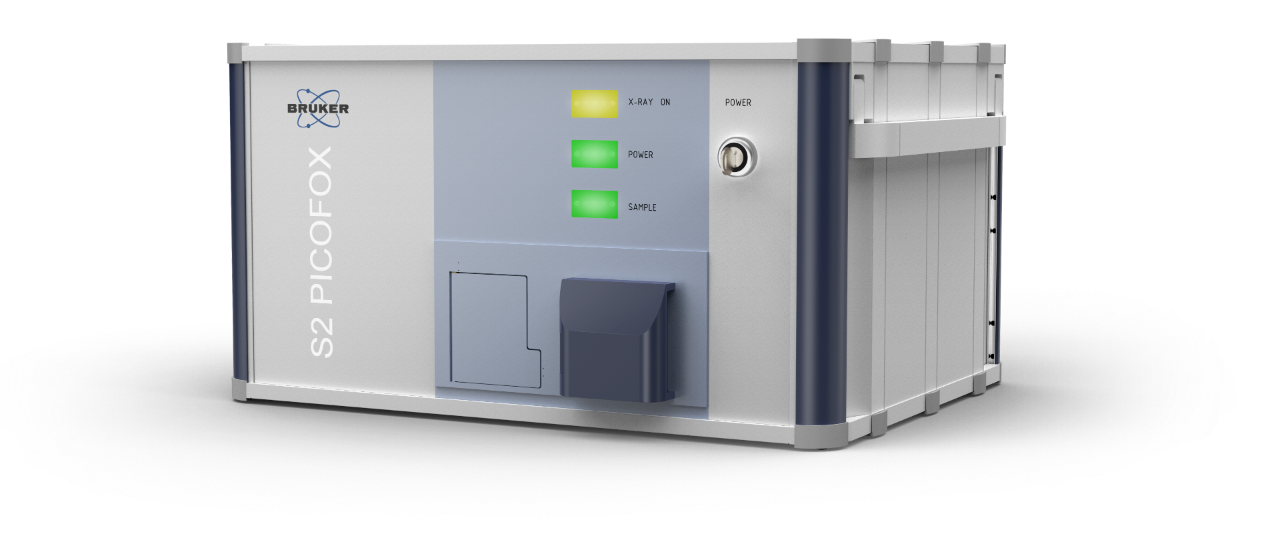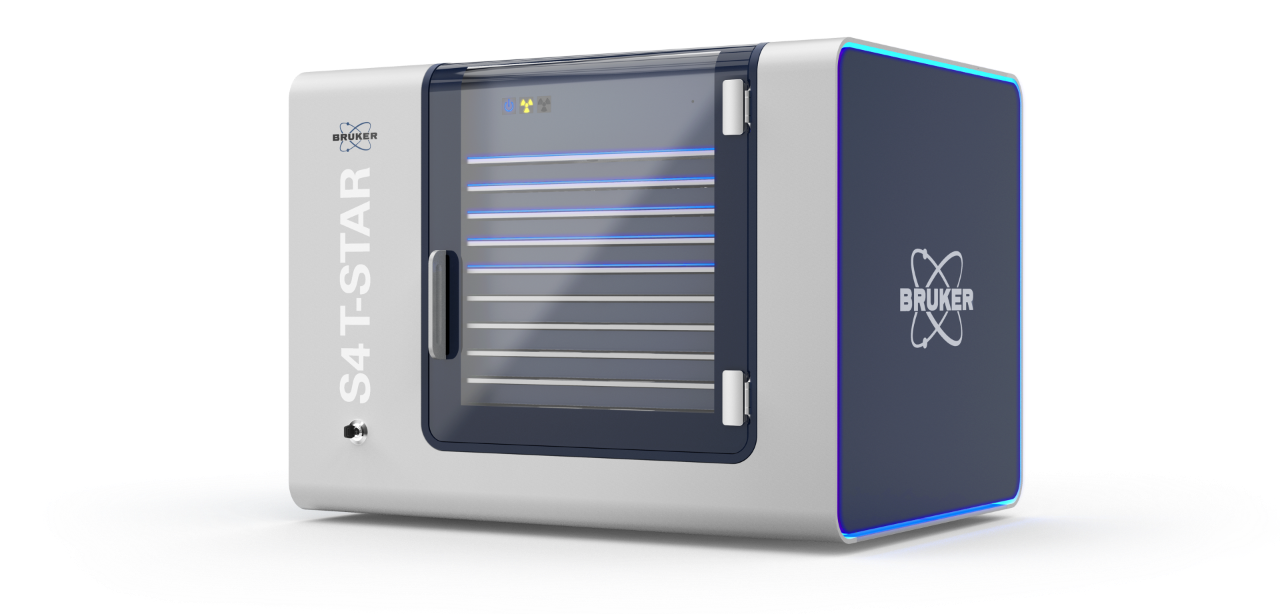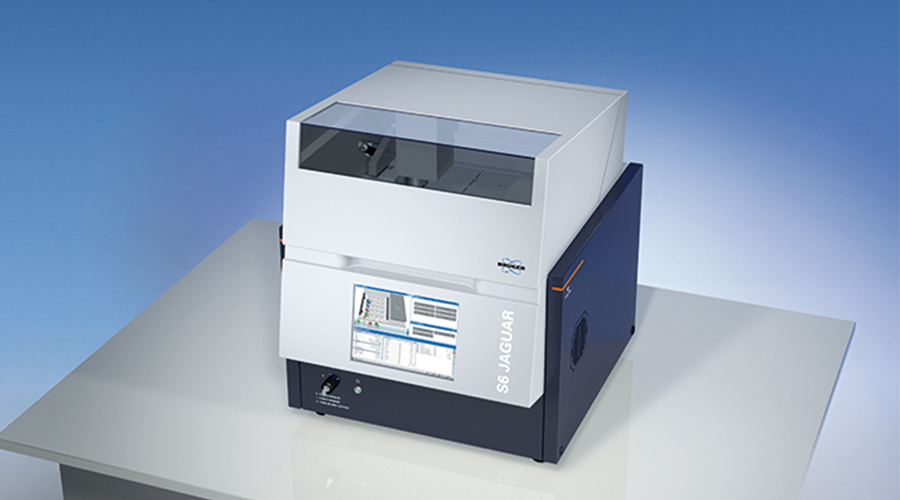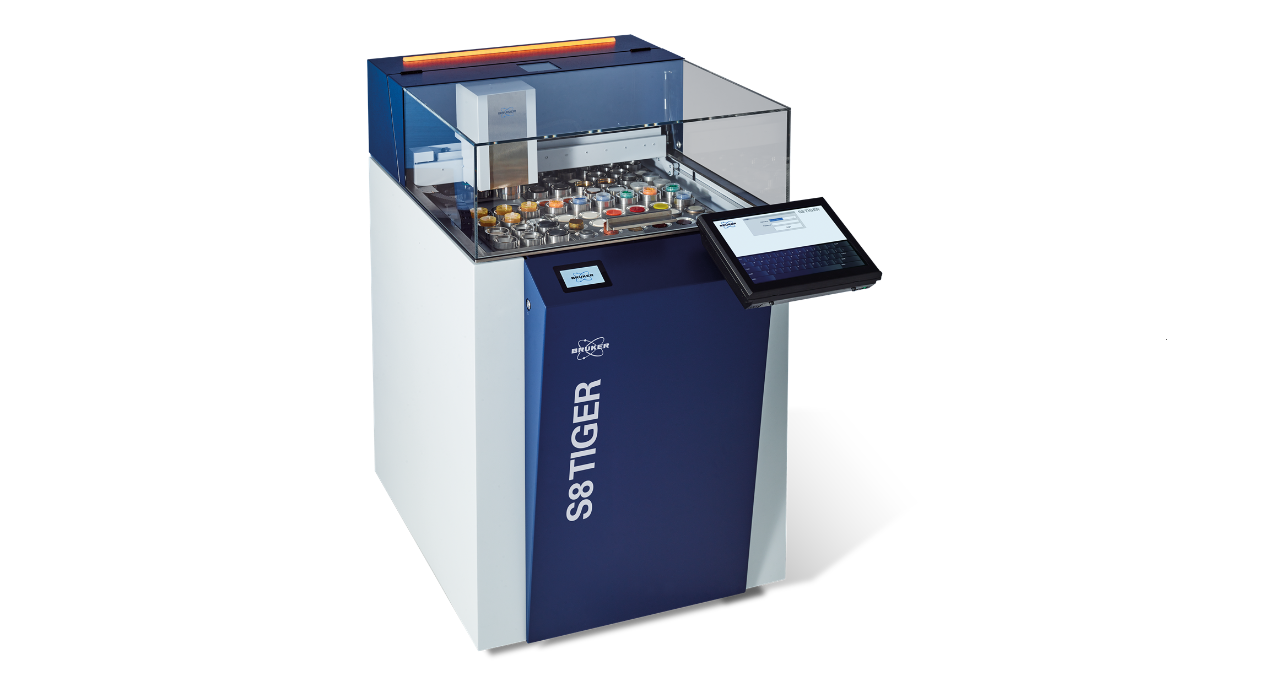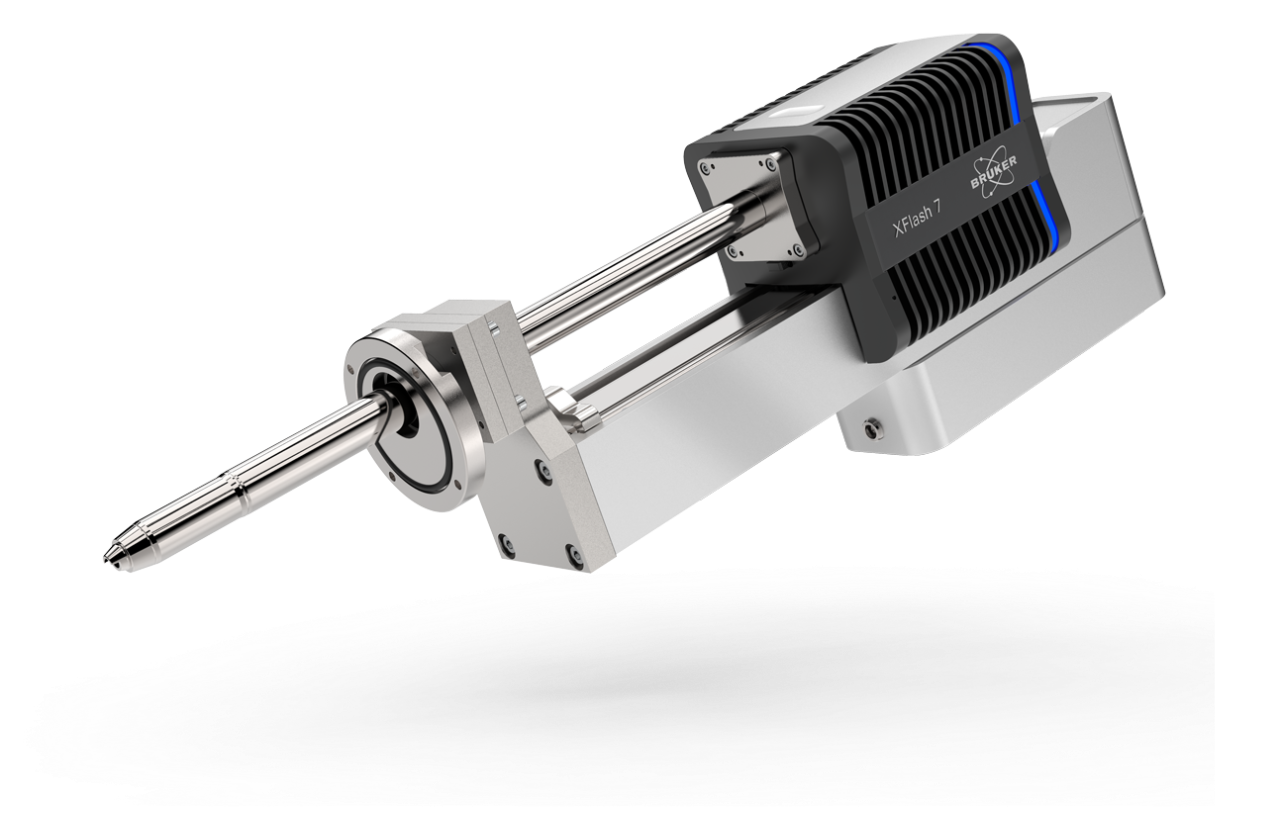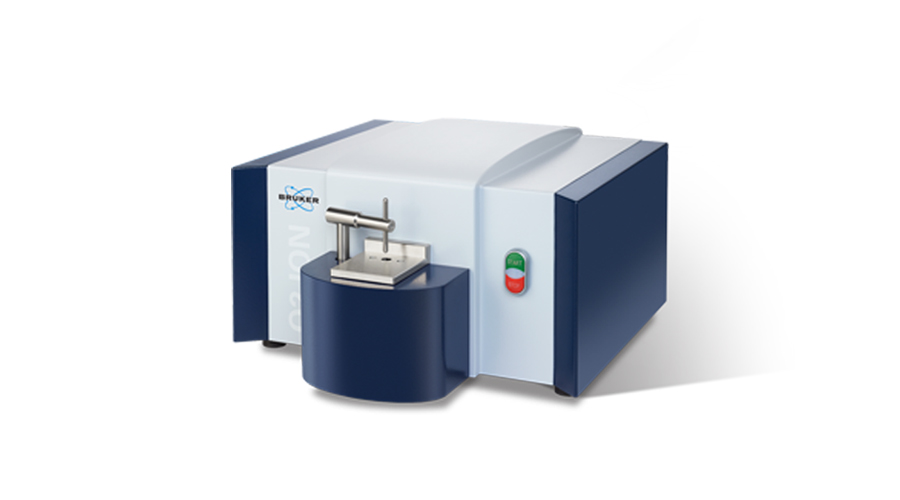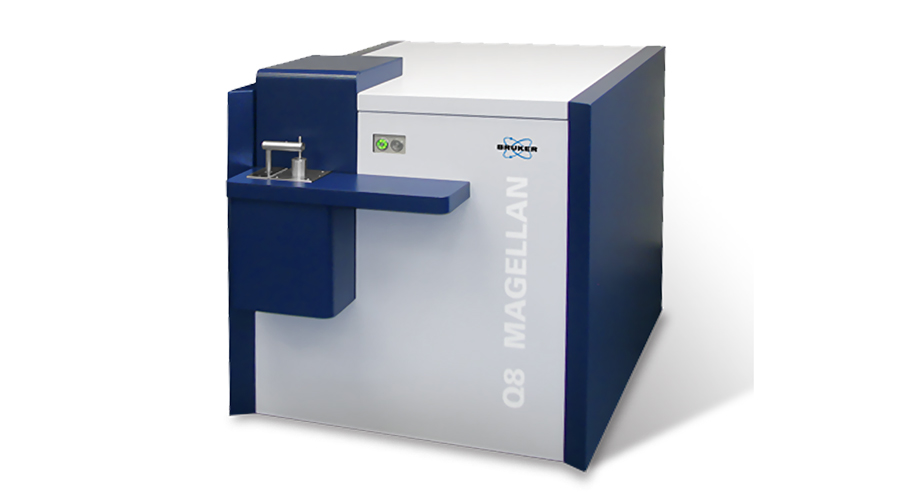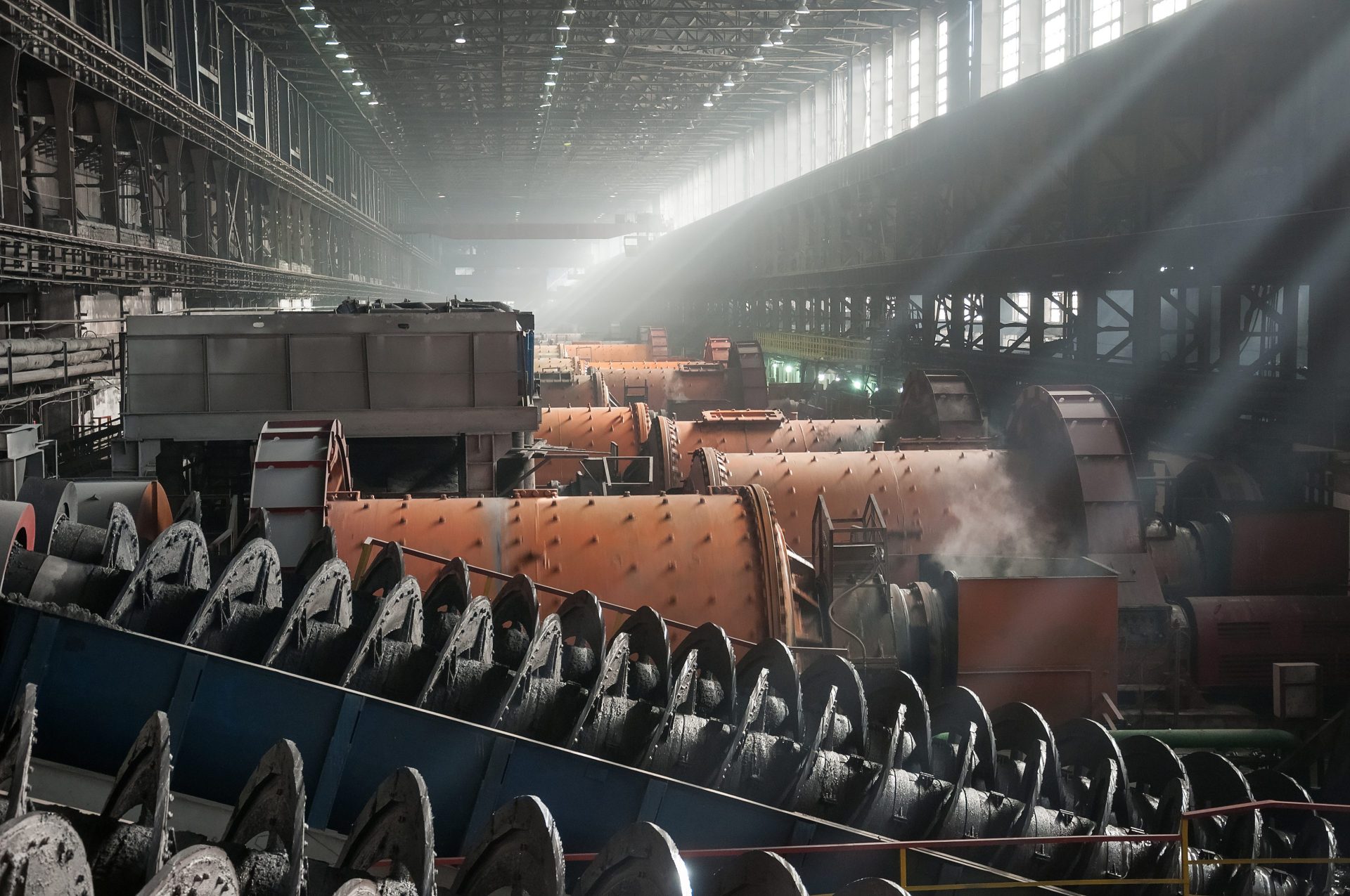

Maintenance, Remediation and Reclamation
Analytical Tools to Keep Mines Safe and Smoothly Operating
Modern mines are complex operations that require constant monitoring and maintenance to reduce costs, eliminate lost-time incidents, and comply with environmental and safety regulations during and after extraction is complete. Bruker's range of elemental analyzers allows flexible approaches to field and lab analysis of rocks, soils and waters, as well as alloys and other metals, to keep track of every part of the mine maintenance and reclamation process.
Leveraging Information for Efficient Pit and Workings Maintenance
An ongoing mining and extraction operation relies on active maintenance within an open pit, underground operation, and the surrounding mine area. Waste water released into the environment, either ground water pumped from underground operations or from within an open pit, or treated water released from the mineral processing operation, must be constantly monitored. Leach pads, tailings ponds, and their containment areas must be monitored for unintentional release of solvents and dissolved metals. Waste piles and surrounding drainage areas should be routinely checked for issues with acid mine drainage. Bruker's elemental analyzers cover a range of workflow solutions that drive efficiencies in mine site monitoring aimed at maintaining efficient mineral extraction operations.
The field portable or mine-site optimized S2 PICOFOX and lab-focused S4 T-STAR total reflection X-ray fluorescence (TXRF) instruments provide low-operating cost, high-performance trace element analysis of liquids, suspensions, solids and contaminants down to ppb levels. These instruments provide rapid turn-around on-site data for water discharged from pit operations, waste water from mineral processing operations, contaminant monitoring of tributaries downstream of leach pads, waste piles and tailings dams.
The handheld S1 TITAN and benchtop CTX X-ray fluorescence units can be equipped with application specific calibrations targeted at soil and stream sediment analysis for heavy metals within the vicinity of mining operations, tracking contaminant distributions. The low-cost and field-ready instruments provide rapid screening solutions to reduce the number of samples needed for more expensive techniques.
Analytical Tools for Remediation and Reclamation of Mine Sites
Mine reclamation has become an integral part of modern mining practice and is required by law in most countries. Reclamation includes planning before mining begins with characterization of the area needed to be returned to its prior state, and continues long after physical remediation efforts cease. Strategic plans for remediation and reclamation include choosing and implementing the right analytical tools and workflows that allow prediction of potential environmental problems, selection of appropriate materials to be used in reclamation efforts, and efficient detection and monitoring of land surfaces, groundwater and run-off.
Bruker's diverse analytical solutions allow you to improve efficiencies and minimize costs at all stages of the mine reclamation process from prediction to monitoring, including:
Characterization of waste rock for potential acid mine drainage and heavy metal contamination in ground waters using the rapid scanning capabilities of the M4 TORNADO micro-XRF, micron-scale capabilities of QUANTAX EDS and AMICS automated mineralogy for scanning electron microscope, or bulk mineralogical characterization using D6 PHASER or D8 DISCOVER XRD systems.
Identification of locally appropriate soil types and nutrient profiles to allow more advance ecosystem regeneration using portable XRF solutions like the handheld S1 TITAN (which incorporates the ISO 13196:2013 and ISO 18227:2014 soil quality methods), countertop XRF instruments such as the CTX or S2 PUMA, and more advance analytical solutions such as the S6 JAGUAR and S8 TIGER.
Screening and monitoring of soil contamination above and around reclaimed mine sites using handheld XRF. Examples include the US EPA 6200 method of site boundary delineation and data collection, where in-situ results allow for determination of contamination boundaries, as well as identification of areas where samples should be collected, prepared, and reanalyzed for more detailed lab-based quantitative analysis.
- Monitoring of runoff and groundwaters within and around reclaimed mine sites using rapid turn-around and low-cost analytical techniques such as total reflection X-ray fluorescence (TXRF) using the field transportable S2 PICOFOX and lab-based S4 T-STAR. Both TXRF spectrometers provide detection limits for many elements in the pg and ppb range and are compact plug and play systems without need for gases, media or advanced lab infrastructure making operation costs negligible.
- Detection of heavy metal contamination around abandoned historic mines using handheld XRF to identify and provide planning data for future clean-up efforts. The rapid turn-around, high quality data allow identification and screening of potential remediation sites and screening of samples for more expensive lab-based analysis.
Contaminants in Water
Selenium (Se) is a naturally occurring element in rocks and sediments. While Se is essential to biological organisms, it is also toxic at higher concentrations. Mining effluent can have higher concentrations of Se that may require monitoring. TXRF is an inexpensive and easy analytical technology for trace element analysis in water without dilution, consumable gasses, or complex sample preparation.
Consistent Data is the Key to Health and Safety in the Mining Environment
The mining industry has been at the forefront of workplace health and safety, having implemented comprehensive procedures to safeguard the health and safety of its most valuable asset – its workforce. Bruker's range of analytical devices covers every need for the detection and characterization of potential natural mineral hazards in the mine environment, and for ongoing monitoring of air quality in underground and surface operations.
Monitoring of airborne dust containing respirable crystalline silica or other toxic components that can lead to immediate and long-term lung damage through silicosis and cancer. Infrared spectroscopy (FT-IR) offers direct on filter substrate (DoF) analysis, which allows rapid determination of α-quartz and carbon dust by directly analyzing the PVC filters typically used to capture these contaminants in workspaces.
Detailed characterization of mineral contaminants that can lead to cancer, including asbestos, using X-ray power diffraction, with the benchtop D6 PHASER, the laboratory floor standing D8 ADVANCE, and the high-performance industry grade D8 ENDEAVOR, or scanning electron microscopy armed with QUANTAX EDS.
Analytical Tools for Plant Operations and Maintenance
Efficient mine operations are underpinned by the machinery that aids the recovery of ore from the mine and its movement through the processing plant. Profits are impacted when mechanical failure leads to expensive repairs and down time. Ensuring that the correct parts are installed, and monitored of part wear, provide for maintenance procedures that limit failures that can result in plant down time, or even injury to personnel. Bruker provides inexpensive solutions for easy deployment of Positive Material Identification (PMI) and wear metal monitoring solutions.
Metal and alloy component reliability, traceability, and safety are of the utmost importance across the gamut of mine operations from haul trucks to the processing plant. A 100% positive material identification and verification program can eliminate costly alloy mix-ups, improve product quality, and prevent injuries or even loss-of-life. Bruker’s portable and non-destructive testing (NDT) XRF and Optical Emission Spectroscopy PMI equipment provides highly accurate, easy-to-understand positive material identification in seconds and in any location, achieving regulatory and ISO compliance with an efficient and low-cost approach.
Maintenance costs escalate when an inability to monitor wear of mechanical parts leads to component failure and time lost for repair. Maintenance efficiencies are improved, and areas of future failure predicted through rapid analysis of wear metals. With component parts commonly composed of measurably different alloys, tiny fragments of wear metals can be targeted in lubricants, oils and other machine fluids with low cost, portable and site rugged XRF analyzers such as the S1 TITAN and CTX. Include these analyses as part of routine oil maintenance operations and save money on failures and downtime.
Publications Related to Maintenance, Remediation and Reclamation
- 2020 - Minerals Engineering: Elemental and mineralogical constraints on environmental contamination from slag at Gulf Creek copper mine
- 2020 - Mining, Metallurgy & Exploration: Chemical and Mineralogical Characterization of Malaysian Monazite Concentrate
- 2020 - Spectrochimica Acta Part B: Atomic Spectroscopy: A simple and sustainable portable triaxial energy dispersive X-ray fluorescence method for in situ multielemental analysis of mining water samples
- 2019 - Journal of Environmental Science and Health: Adsorption study of heavy metals in aqueous solutions aiming at the treatment of contaminated groundwater
- 2017 - Environmental Earth Sciences: Application of quantitative mineralogy on the neutralization–acid potential calculations within µm-scale stratified mine tailings
- 2010 - Chemosphere: Analysis of inlet and outlet industrial wastewater effluents by means of benchtop total reflection X-ray fluorescence spectrometry

